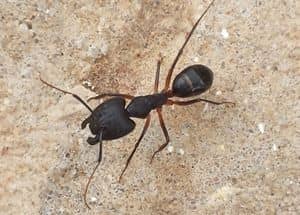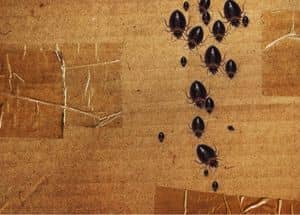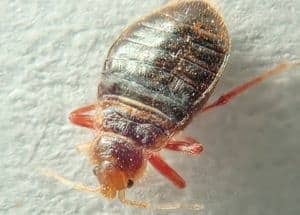Most Common Ants: Detailed Guide for Beginners
Some kind of insect torments you, and you think it’s ants? In this guide, I will talk about the most common ants. You will get information about the three most popular species. Knowing common ant types will help you get rid of them. Ants can be very annoying and bother you. Therefore, information on how … Read more




